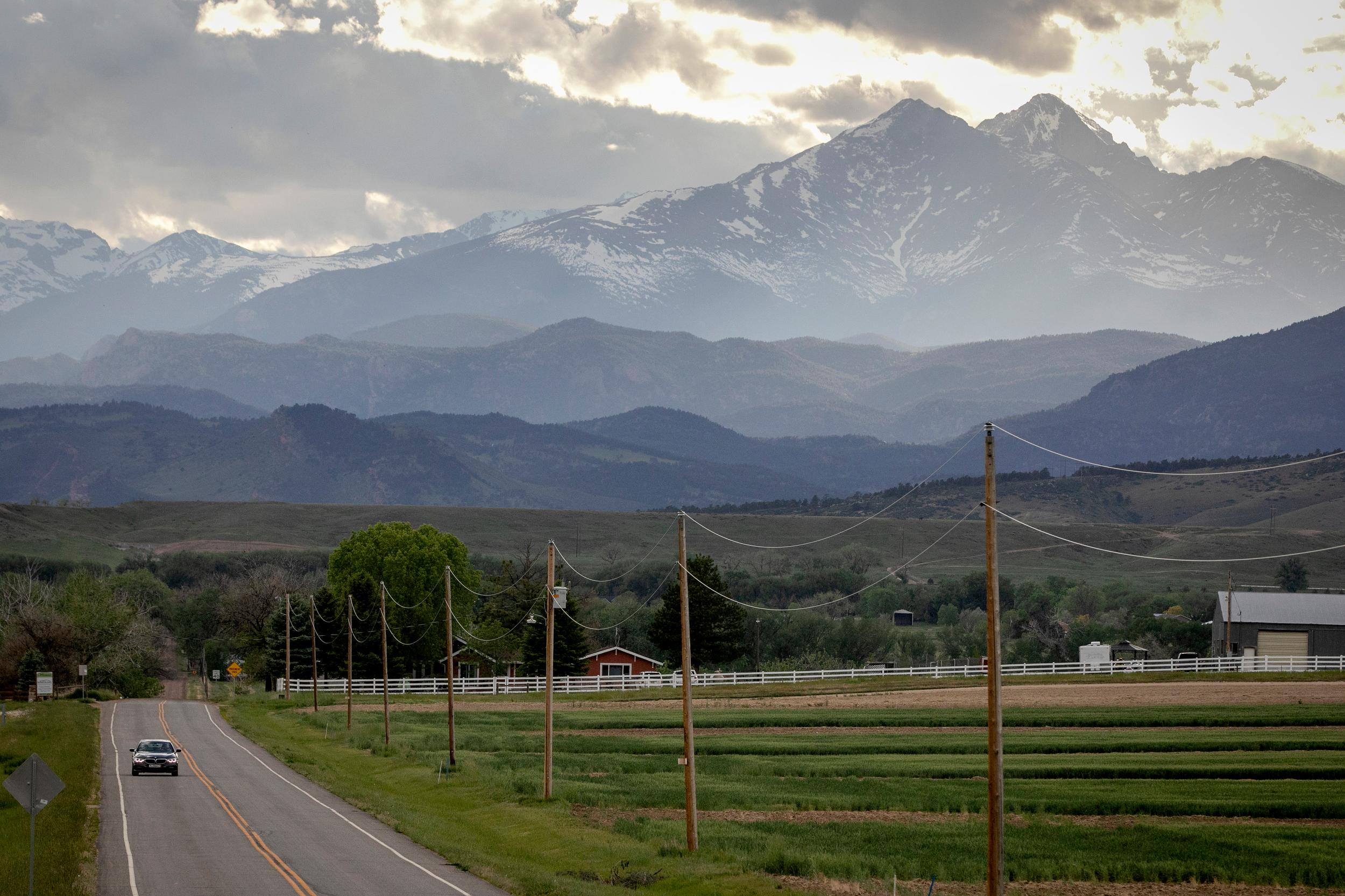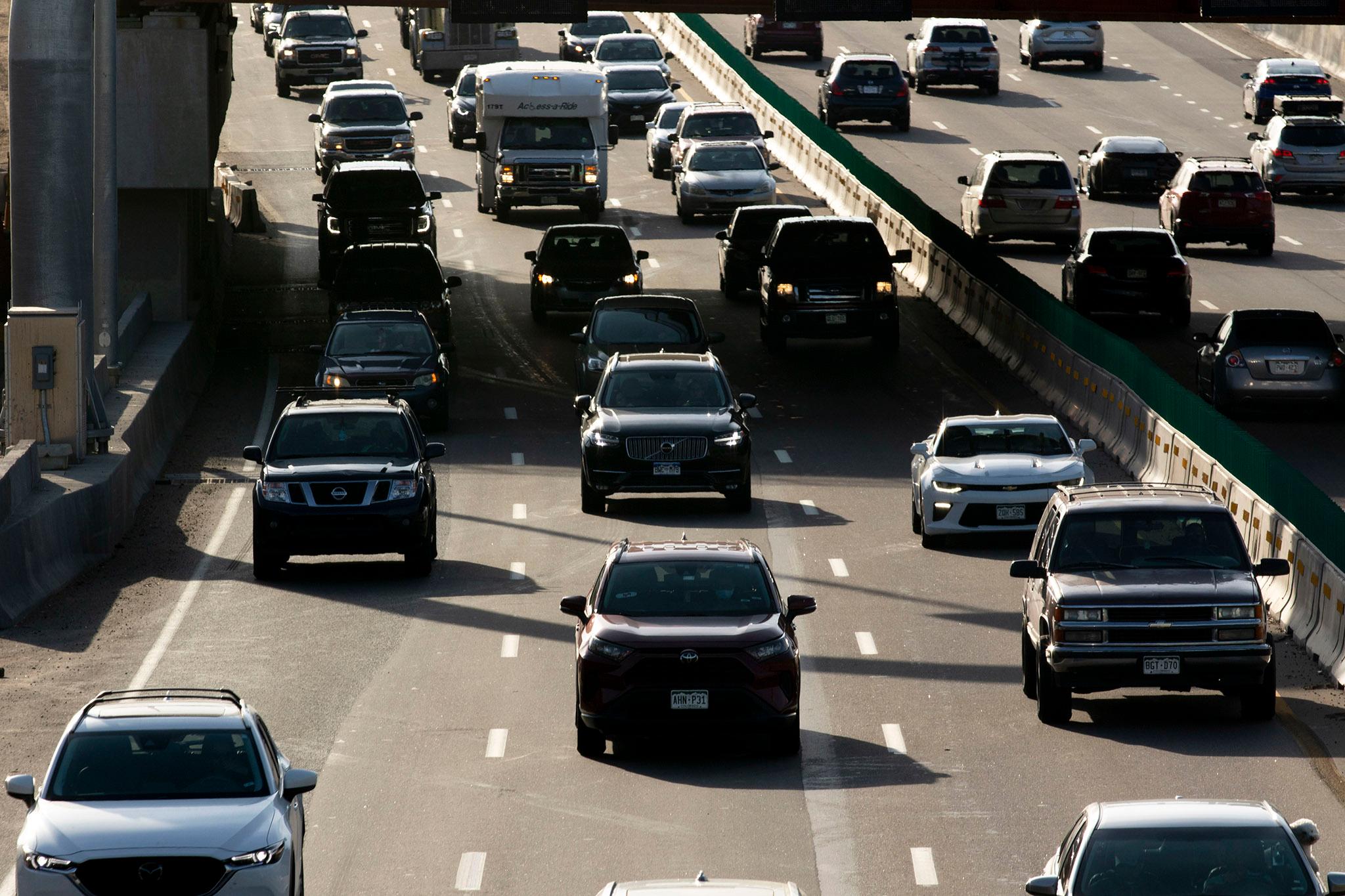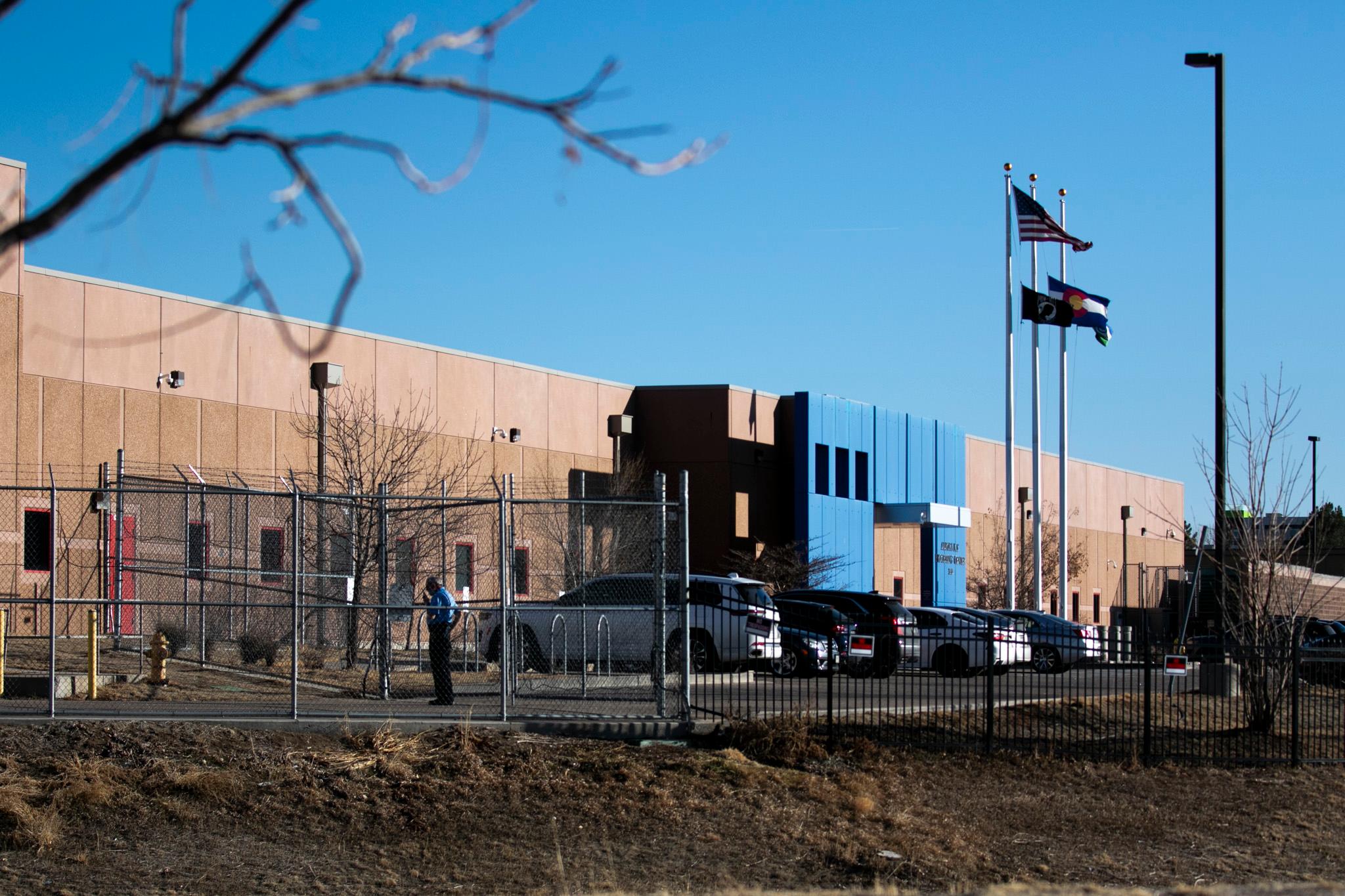
Until earlier this week, Colorado’s 80510 ZIP code was most notable for Longs Peak.
Now, a new study on housing and climate change has added another claim to fame: home to some of the least climate-friendly households in the county.
According to research published in the Proceedings of the National Academy of Sciences, no other U.S. ZIP code included in the study had housing with a bigger climate impact when broken down by population. To put it another way, people living within the ZIP code west of Boulder don’t need to charter jets or binge steak dinners to have a large climate impact. Just living in their homes pumps the climate full of greenhouse gases.
Benjamin Goldstein, an environmental scientist at the University of Michigan, led the study. Since it gained national media attention, he said his inbox has started to fill with worried emails from Boulder County residents. Many want to know why their homes -- out of all the homes in the country -- have been singled out as climate villains.
“They feel like they’ve been sandbagged or something, and that’s definitely not the intention of the article,” said Goldstein. “It does raise some questions, though.”
The overall purpose of the study was to better understand the massive climate impact of U.S. households. Heating, cooling and powering U.S. homes produces 20 percent of the energy-related greenhouse gas emissions in the nation. If considered a country, those emissions would be about equal to the total impact of Brazil.
Rather than shame single communities, Goldstein said the work is meant to compare the climate impact of different neighborhoods. To do that, he and his colleagues analyzed data on about 93 million housing units and the people living in them. It found people with higher income levels tend to have larger homes, which means they also have larger climate impacts.
Altogether, rich Americans produce 25 percent more heat-trapping gasses than poorer Americans, all before anyone leaves their front doors.
“For instance, in Los Angeles, we saw that Beverly Hills could have emissions up to 15 times higher than neighborhoods that were only a couple miles away,” said Goldstein. “It's like a tale of two carbon cities.”
The study’s 25 cleanest ZIP codes for residential greenhouse gas emissions are all in California and New York. The cleanest was Mission Bay in San Francisco, a white-collar area with relatively new housing stock, where the average person produces only 1,320 pounds a year.
The ZIP codes that produced the most per capita greenhouse gas are scattered across Colorado, North Carolina, Pennsylvania, Alabama, Louisiana, Wyoming, Maryland, West Virginia, Minnesota, Missouri, Georgia, Arkansas, Indiana and Utah.
While the physical footprint of a home largely determined its carbon footprint, it was not the only factor. Neighborhoods in colder climates tended to consume more energy for heat. Places with energy grids heavily reliant on coal-fired power also had a larger climate impact.
Goldstein said the 80510 ZIP code likely ticked all those boxes. The area contains large single-family homes with propane furnaces to fend off frigid winters. Colorado also tends to get more electricity from fossil fuels than other parts of the country.
The area, which stretches from Grand Lake to Allenspark, also has a tiny population, which matters in a study of per capita emissions. The U.S. Census estimate for the area was 323 people in 2018.
Altogether, the study estimates each person in the ZIP code produces about 23,811 greenhouse gas emissions per person while at home. That’s about four times higher than the national average.
Goldstein cautioned the comparison should be taken with a grain of salt. The study only included a third of ZIP codes with sufficient data, representing about half of the whole U.S. population. While it’s still statistically significant, it means he can’t say homes around Allenspark have the country’s highest carbon impact. It’s only the top ZIP code of those included in the study.
He added the focus on local communities is not an attempt to finger wag. It’s a “call to arms.” Many climate activists, journalists and policymakers have begun talking about new oil and gas infrastructure as “locking in” decades of heat-trapping emissions. Goldstein thinks the same should be said for certain types of housing.
“Once you build a house with a certain square footage, chances are you’re not going to reduce that,” he said. “Building bigger houses is building bigger energy use, which then makes it more difficult to reduce your overall energy use later on.”
Will Toor, head of the Colorado Energy Office, said the study stood out to him as a synthesis of climate change and inequality. While the two problems are often seen as separate, he said the research suggests a shared solution.
“What’s really interesting is that many of the strategies to give low and middle-income more access to housing closer to their jobs would also be the strategies to contribute to emission reductions,” he said.









